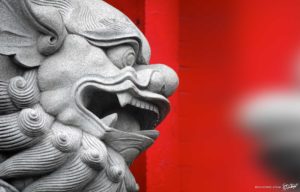
Binondo Chinatown: A Culinary and Cultural Adventure in the Oldest Chinatown
In addition to being considered the oldest Chinatown in the world, Binondo Chinatown is also the center of trade and commerce in Manila City. In
The Philippine International Convention Center (PICC) is a renowned convention facility located in the Cultural Center of the Philippines Complex in Pasay, Metro Manila. Since its inception, the PICC has played a pivotal role in the Philippines’ efforts to host significant local and international events, including conventions, meetings, fairs, and various social gatherings. Its establishment marked a significant milestone in positioning the country as a key player in the global convention industry.
The concept of the PICC was brought to life on July 23, 1974, when President Ferdinand Marcos signed a Presidential Decree authorizing the Central Bank of the Philippines to spearhead the construction of an international conference center. This initiative was not just a standalone project but part of a grand vision to transform Metro Manila into a leading financial hub in Southeast Asia. Marcos envisioned the Philippines as a modern and progressive nation, capable of hosting global events that would elevate the country’s status on the international stage.
Initially named the Manila International Conference Center, the facility was intended to serve as a prestigious venue for international gatherings and diplomatic functions. However, as construction progressed, the name was changed to the Philippine International Convention Center on May 27, 1975, to reflect its broader purpose and national significance. This decision underscored the center’s role as a symbol of the Philippines’ ambition to be at the forefront of international diplomacy and commerce in the region.
Construction of the PICC began in November 1974 and was completed in September 1976, under the architectural guidance of Leandro Locsin, one of the most esteemed architects in Philippine history. Locsin’s design philosophy, which blended modernist principles with traditional Filipino aesthetics, is evident in the center’s iconic structure. The building’s clean lines, expansive spaces, and integration of natural elements such as light and water reflect Locsin’s vision of creating an environment that is both functional and inspiring.
Locsin’s work on the PICC not only earned him national recognition but also contributed to his eventual designation as a National Artist of the Philippines for Architecture. The PICC’s opening on September 5, 1976, was a momentous event, as it was Asia’s first international convention center, positioning the Philippines ahead of its regional counterparts. The center’s inaugural event was the 1976 IMF–World Bank Meeting, held from October 4 to 8, which attracted global attention and showcased the Philippines’ readiness to host large-scale international gatherings.
Over the years, the PICC has hosted a myriad of significant events, cementing its reputation as a premier convention venue in Asia. From 1976 to 1978, the PICC served as the temporary home of the Philippine legislative body, showcasing its versatility beyond hosting traditional conferences and meetings. This adaptability has made the PICC a favored location for a diverse range of events, from government functions to cultural exhibitions.
Notable events include the World Chess Olympiad, held at the PICC, and the 1994 Miss Universe pageant, which brought global recognition to the center. In 1996, the PICC underwent significant renovations to prepare for the APEC Meeting, an event that gathered leaders from the Asia-Pacific region to discuss economic cooperation. The renovations, led by Raul Locsin, a cousin of the original architect, ensured that the PICC remained at the forefront of modern convention facilities. The 3rd Informal Summit of the ASEAN in 1999 further underscored the PICC’s role as a hub for regional diplomacy and cooperation.
The PICC has continued to be a preferred venue for major international events well into the 21st century. On November 18-19, 2015, it hosted the APEC Economic Leaders’ Meeting, which was a significant event that brought together heads of state from around the world, including U.S. President Barack Obama and other global leaders. The summit was a crucial platform for discussing global economic issues and further solidified the PICC’s status as a key venue for high-profile international diplomacy.
In addition to political and economic summits, the PICC has also been a site for civic action. More recently, the PICC Forum was utilized for the boxing events of the 2019 Southeast Asian Games, demonstrating the center’s ongoing relevance and adaptability to different event requirements.
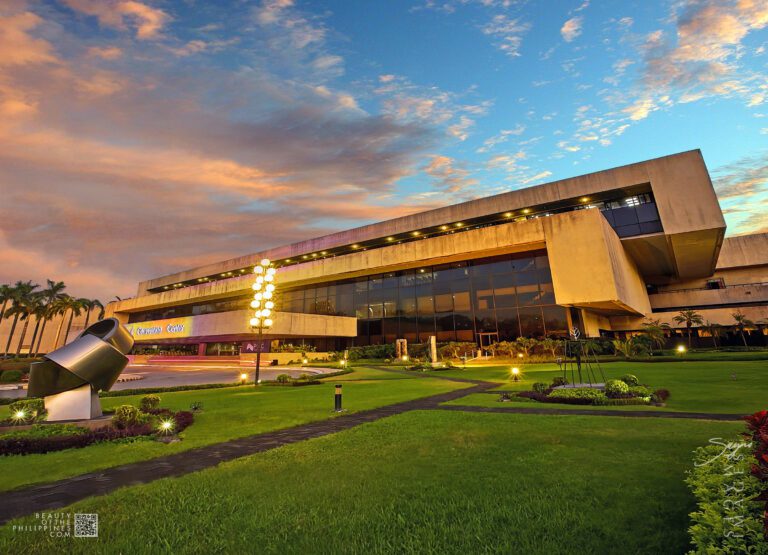
The PICC’s architectural design is composed of five main building modules: the Delegation Building, Secretariat Building, Plenary Hall, Reception Hall, and The Forum. Spanning 12 hectares of reclaimed land, the PICC is a testament to Leandro Locsin’s architectural prowess, blending modernist design with functional spaces that cater to various needs. The facility features 38 meeting rooms, a Muslim prayer hall, and a total floor area exceeding 70,000 square feet, making it one of the largest and most versatile convention centers in the region.
Reflecting pools surround the Reception and Plenary Halls, creating a serene environment that enhances the visual appeal of the complex. Additionally, the PICC includes open-air areas such as The Courtyard and The Garden, which provide delegates and visitors with tranquil spaces for relaxation and informal gatherings. The design and layout of the PICC not only facilitate large-scale events but also create an atmosphere conducive to collaboration and networking.
One of the distinctive features of the PICC is the APEC Sculpture Garden, which was established to commemorate the APEC Philippines 1996 summit. This garden, curated by the Department of Foreign Affairs and the National Commission for Culture and the Arts, showcases 20 sculptures donated by APEC member economies. Each sculpture is a unique representation of the cultural and economic ideals of the contributing nation, offering visitors a glimpse into the diverse artistic expressions of the Asia-Pacific region.
The sculptures, positioned throughout the right, left, and front lawns of the PICC, embody the collective aspirations of the APEC member countries, including Australia, Brunei Darussalam, Canada, Chile, Chinese Taipei, Hong Kong, Indonesia, Japan, Malaysia, Mexico, New Zealand, the Philippines, Papua New Guinea, the People’s Republic of China, the Republic of Korea, the Russian Federation, Singapore, Thailand, the United States, and Vietnam. The garden not only enhances the aesthetic appeal of the PICC but also serves as a symbol of international cooperation and cultural exchange.
The Philippine International Convention Center remains a beacon of the Philippines’ commitment to engaging with the global community. Its establishment marked a significant leap forward for the country’s convention and tourism industry, and it continues to serve as a key venue for international diplomacy, business, and cultural exchange. The PICC’s architectural excellence, combined with its rich history of hosting pivotal events, ensures that it remains a vital part of the Philippines’ national identity and global outreach.
As a symbol of the country’s aspirations, the PICC reflects the Philippines’ journey towards progress and modernization. It stands not only as a testament to architectural innovation but also as a hub for ideas, dialogue, and collaboration among nations. The PICC’s legacy is one of fostering connections, bridging cultures, and hosting events that shape the future of the Philippines and the wider world.
RELATED STORIES

In addition to being considered the oldest Chinatown in the world, Binondo Chinatown is also the center of trade and commerce in Manila City. In
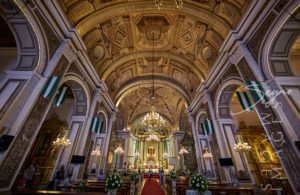
Known as one of the most important baroque churches in the Philippines and as one of the only four baroque churches in the Philippines that
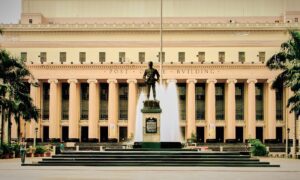
Nestled in the heart of Manila, Liwasang Bonifacio is a place where history, culture, and modern urban life converge. Formerly known as Plaza Lawton, this
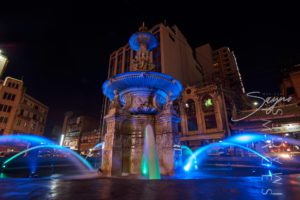
If you’re ever wandering through the lively streets of Manila, one of the city’s must-see spots is the iconic Carriedo Fountain. Nestled in the heart
I’m looking forward to the stories and images leaving a lasting positive impression on you, just as they have on me. Stay connected with us on social media for a weekly exploration of travel assignments and breathtaking visuals. Our focus is on championing local tourism, showcasing small businesses, and honoring the magnificence of the Philippines through the content we curate. Join us in spreading the word by clicking the ‘share’ buttons below. Your support means the world to us.
EXPLORE MORE about
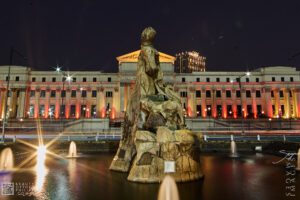
The Gomburza National Monument, located in front of the National Museum of Fine Arts along Padre Burgos Avenue in Manila, stands as a solemn tribute
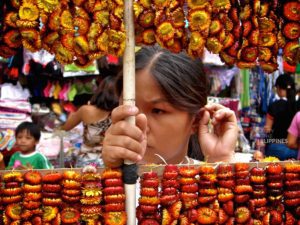
Plaza Miranda is a public square bounded by Quezon Boulevard, Hidalgo Street and Evangelista Street in Quiapo, Manila. It is the plaza which fronts the

Nestled in the heart of Quezon City, La Mesa Ecopark stands as a serene sanctuary, offering both a retreat for nature lovers and an educational
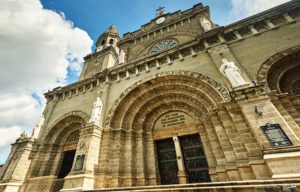
Originally built in 1880, the Manila Cathedral is the current version of the longstanding Church of Manila. It is a masterpiece of architecture that was
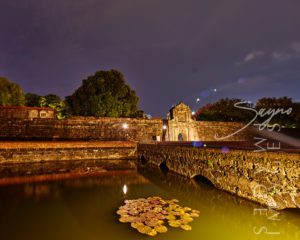
It is also known as the Walled City, and during the Spanish Colonial Period it was synonymous with the city of Manila. Intramuros was also
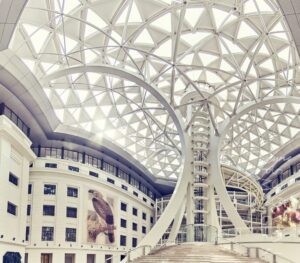
Explore the vibrant tapestry of Manila through its four national museums, each a unique gem in the city’s cultural crown. These four distinguished establishments are
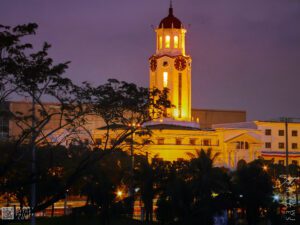
Nestled in the historic district of Ermita, Manila City Hall is more than just the seat of the city’s government—it’s a testament to the rich
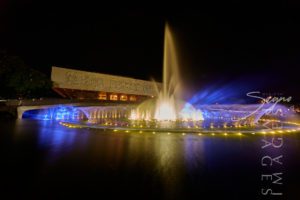
The Cultural Center of the Philippines or CCP was founded in 1966 under the directive of former President Ferdinand Marcos, in order to reinforce and

Nestled in the heart of Manila, Liwasang Bonifacio is a place where history, culture, and modern urban life converge. Formerly known as Plaza Lawton, this
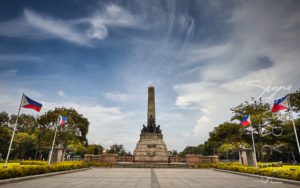
Located along Roxas Boulevard, Manila and adjacent to the century-old walled city of Intramuros, the Luneta National Park, or “Luneta” as many refer to it,
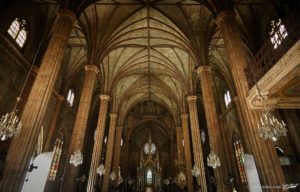
San Sebastian Church is a Roman Catholic Minor Basilica located in Quiapo, Manila. It’s also known as Minor Basilica of San Sebastian or San Sebastian
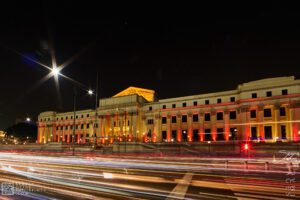
Manila, the vibrant capital of the Philippines, is home to a wealth of cultural and historical landmarks, and among its crown jewels is the National
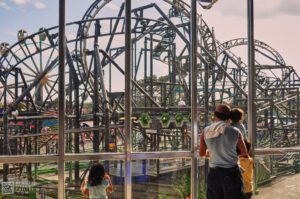
Nestled in the heart of Pasay City within the Cultural Center of the Philippines Complex, Star City stands as one of the premier amusement parks
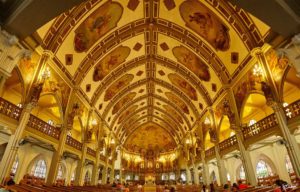
The Manila Abbey San Beda, or formally known as Abbey of Our Lady of Montserrat, is a Benedictine men’s monastery located along the streets of
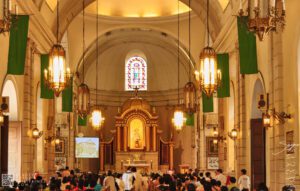
Malate Church stands as a profound symbol of faith, resilience, and artistry, preserving its sacred role and architectural splendor through centuries of triumphs and trials.
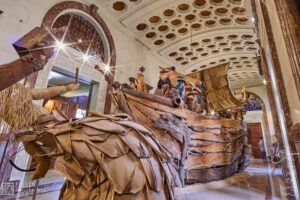
The National Museum of Anthropology, located in the heart of Manila within the National Museum Complex, is a must-visit destination for travelers eager to explore
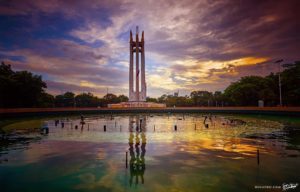
One of Quezon City’s main parks is the Quezon Memorial Circle, which is located in Quezon City and is surrounded by an elliptical road, making
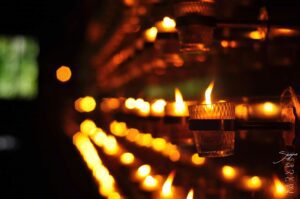
The Padre Pio Chapel, also known as the St. Pio of Pietrelcina Chapel, holds a special place in my heart as a photographer. It revealed
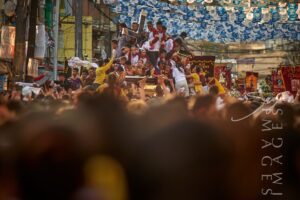
The Nazareno Festival, or the Feast of the Black Nazarene, is one of the most spectacular and deeply moving religious events in the Philippines. Held
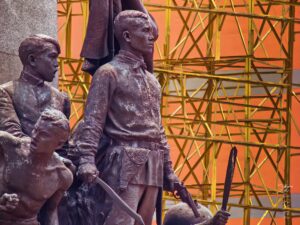
The Bonifacio Monument, also called Bonifacio Monumento or Monumento, proudly stands in Caloocan City, Metro Manila. It is a powerful symbol created by the National
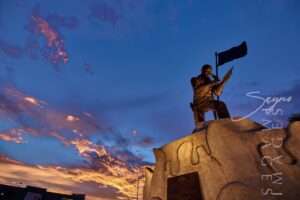
The Andres Bonifacio Birthplace Monument in Tutuban, Divisoria stands as a powerful symbol of Filipino patriotism and a tribute to the courage and leadership of Andres
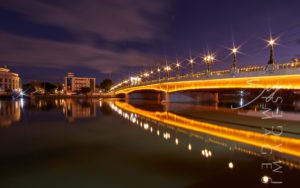
The newly restored Jones Bridge is easily recognizable by its beautifully designed black lamp posts—the same ones that were there when the bridge was first
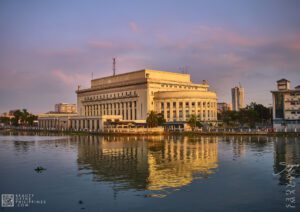
The Manila Post Office, officially known as the Manila Central Post Office, is a distinguished example of neoclassical architecture, originally designed by Juan M. Arellano,
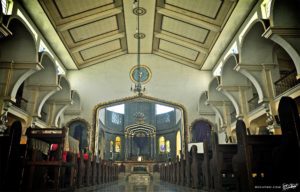
The Polo Church, formally known as the San Diego de Alcala Church, resides in the Polo neighborhood of Valenzuela, Manila. This church has a captivating
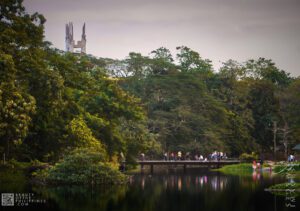
Situated in the heart of Quezon City, the Ninoy Aquino Parks and Wildlife Center (NAPWC) offers a serene retreat from the bustling streets of Metro
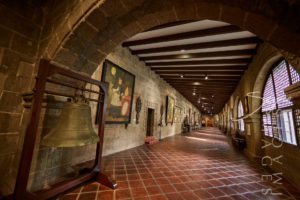
The San Agustin Museum is located adjacent to the UNESCO World Heritage Site, San Agustin Church. It is located in Intramuros—the walled city of Manila—and
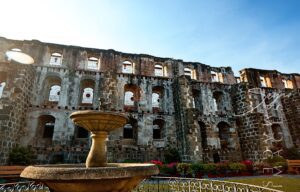
Located within the historic district of Intramuros, Manila, Padre Blanco Gardens—also known as Father Blanco’s Garden—offers a charming and romantic retreat amid centuries-old architecture. This

The University of the Philippines Diliman (UP Diliman) is more than just the country’s premier academic institution—it is a historical, cultural, and natural destination worth
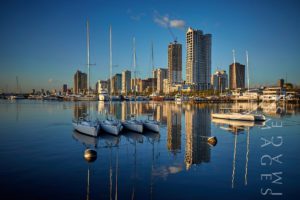
It is considered to be one of the world’s great harbors, the Manila Bay, and it serves as the Port of Manila, Philippines. Having once
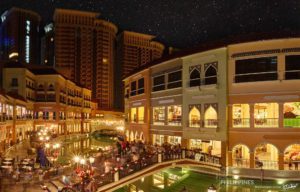
Located in the heart of the Taguig City, the Venice Grand Canal is a lifestyle mall development under the Megaworld Lifestyle Malls Located inside the
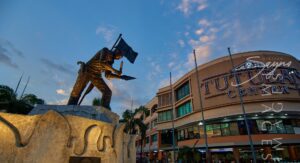
Situated in the heart of Manila, Tutuban Center is more than just a shopping destination—it’s a vibrant mix of history, commerce, and culture that draws
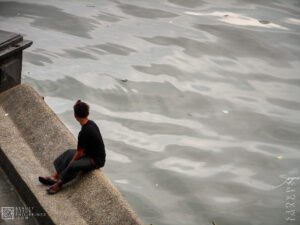
Quezon Bridge, a striking steel arch bridge spanning the Pasig River, is more than just a vital transportation link—it is a historical icon of Manila.
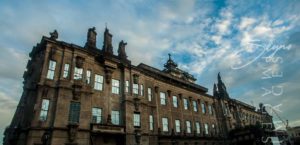
UST, also known as the University of Santo Tomas, is a private Roman Catholic university located in Sampaloc, Manila. It was founded on 28 April

Known as one of the most important baroque churches in the Philippines and as one of the only four baroque churches in the Philippines that
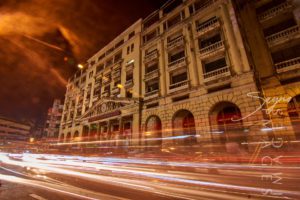
I experienced the vibrant and colorful life of downtown in full. I took some time to appreciate the beauty of Santa Cruz Church and Plaza

If you’re ever wandering through the lively streets of Manila, one of the city’s must-see spots is the iconic Carriedo Fountain. Nestled in the heart

In addition to being considered the oldest Chinatown in the world, Binondo Chinatown is also the center of trade and commerce in Manila City. In
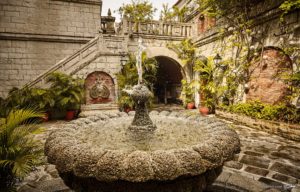
Casa Manila, located in the heart of Intramuros, Manila, is a living museum that transports visitors to the grandeur of the Spanish colonial era. As
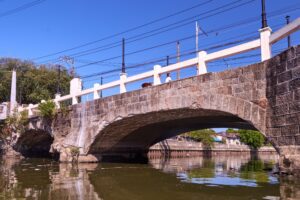
Nestled at the crossroads of Las Piñas in Metro Manila and Bacoor in Cavite, the Zapote Bridge stands as a silent yet powerful witness to
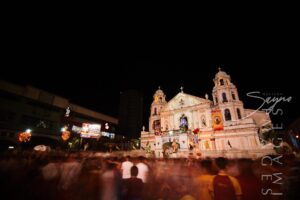
Quiapo, Manila, is home to the historic Quiapo Church, officially known as the Minor Basilica and National Shrine of the Black Nazarene. This revered religious
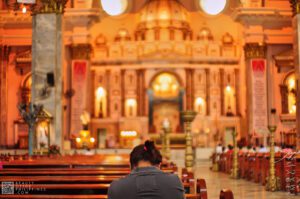
The Binondo Church is a historic church in Manila, located in the District of Binondo, near the Plaza San Lorenzo Ruiz. It was previously called
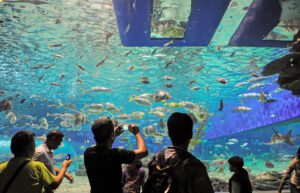
As the nation’s first ever world-class marine theme park, Manila Ocean Park is located in Ermita Manila, within the Philippines’ largest urban resort/aqua-themed hotel complex
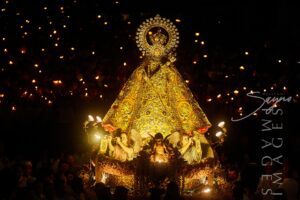
Every October, the vibrant streets of Quezon City come alive with faith, devotion, and rich cultural traditions during the Feast of La Naval de Manila.
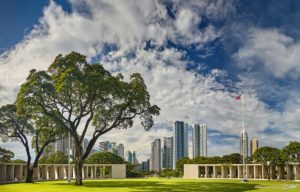
Manila American Cemetery and Memorial is located in the heart of Taguig City on the lands of Fort Bonifacio and serves as the largest grave
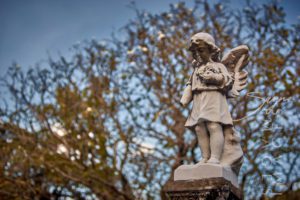
As one of the oldest cemeteries in Manila, Campo Santo De La Loma, commonly referred to as the La Loma Cemetery, is one of the
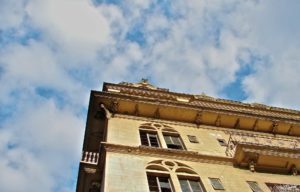
It is always a surprise for buildings, parks and houses to survive such wars as it is almost inevitable that everything will be brought down

It is the home of the popular Asian elephant, Mali, as well as 90 other species. As well as being a landmark in Manila, the
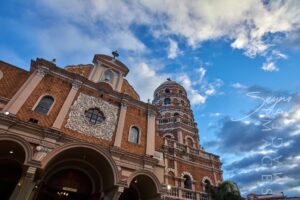
If you’re wandering through the heart of Manila and looking for a place where stories linger and time seems to slow down, Santa Cruz Church
BROWSE BY CATEGORIES